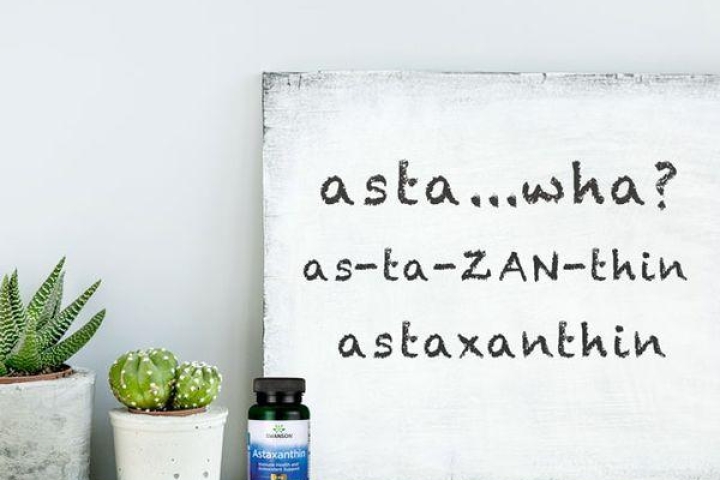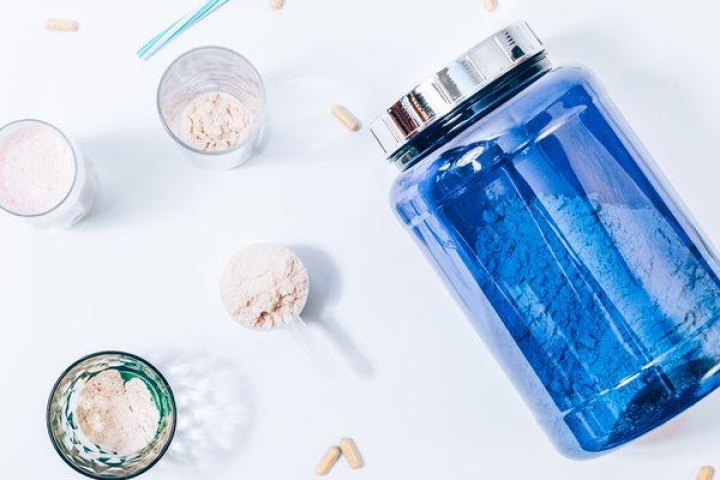Lutein vs. Zeaxanthin
Lutein and zeaxanthin are to your eyes what glucosamine and chondroitin are to your joints. Both are naturally occurring compounds found within your body, difficult to pronounce and spell, and when taken as dietary supplements, they become synonymous with healthy aging. They support key functions—joint health and vision health—that tend to decline with age.
Today, we’re focusing on vision health and the two antioxidants, lutein and zeaxanthin. Thanks to landmark scientific studies like the AREDS and AREDS 2 studies sponsored by the National Institutes of Health, lutein and zeaxanthin have joined the ranks of beta-carotene and zinc as proven nutritional support for combating the natural effects of aging on vision and eye health.
What is Lutein?
Lutein is a carotenoid vitamin, one of the two major carotenoids that act as a color pigment in the macula and retina of your eye. It’s similar to other carotenoids like beta-carotene and vitamin A. If vitamin D is the “sunshine vitamin,” lutein can be considered the “vision vitamin.”
Scientists believe that lutein acts as a natural light filter for your eyes, helping to protect your vision from potential damage caused by ultraviolet sunlight, digital blue light from excessive screen time, and even a poor diet. Natural sources of lutein include brightly colored fruits and vegetables, such as broccoli, spinach, kale, corn, peppers, kiwi, grapes, oranges, zucchini, and squash.
What is Zeaxanthin?
Zeaxanthin is the dominant component in the very center of your macula. It is the other main carotenoid, along with lutein, that provides pigmentation in your eyes. These two antioxidants are highly concentrated in your eyes compared to the rest of your body.
Zeaxanthin is the dominant compound found in the center of your macula, whereas lutein is found in higher concentrations in the surrounding retina. Interestingly, research suggests that the more pigment you have in your eyes (i.e., the more lutein and zeaxanthin), the less likely you are to experience the negative effects of aging on your vision.
Lutein + Zeaxanthin: Stronger Together
Both lutein and zeaxanthin act as filters for your eyes, blocking out harmful UV rays and other high-energy wavelengths. As antioxidants, they also help combat the damage caused by free radicals and oxidative stress. They are the only two carotenoids (out of about 600 total) found in such significant quantities in your eyes.
The lens of your eye acts like the focusing lens of a telescope, collecting and focusing light onto your retina. Just as a foggy or smudged telescope lens can’t produce a clear image, a foggy eye lens can impair your vision. To maintain clear lenses, combating oxidative stress is crucial.
Oxidation leads to the formation of free radicals, cloudy lenses, and retinal damage. Antioxidants like lutein and zeaxanthin help neutralize these unstable molecules before they can cause any harm.
The challenge is getting enough lutein and zeaxanthin to support healthy vision, which often requires a proper diet and/or supplementation. Fortunately, these two antioxidants are abundantly found together in many versatile fruits and vegetables. Here is a list of foods rich in lutein and zeaxanthin that you can incorporate into your diet to naturally protect your eyes and vision health as you age.
Eat Your Way to Healthy Eyes: Foods High in Lutein & Zeaxanthin
Fruits and vegetables are the primary sources of natural lutein and zeaxanthin. These nutrient-rich foods should already be the foundation of your healthy diet, but if they’re not, here’s another reason to visit the farmer’s market and stock up on fresh produce. For the sake of your eyes, include these items in your grocery list:
- Kale
- Turnip Greens
- Collard Greens
- Okra
- Celery
- Spinach
- Broccoli
- Carrots
- Tomatoes
- Corn
- Romaine Lettuce
- Peas
- Brussels Sprouts
- Green Beans
- Tangerines and Oranges
- Peaches
- Papaya
- Grapefruit
- Cantaloupe
Do you obtain lutein or zeaxanthin through food or supplements?




Leave a comment